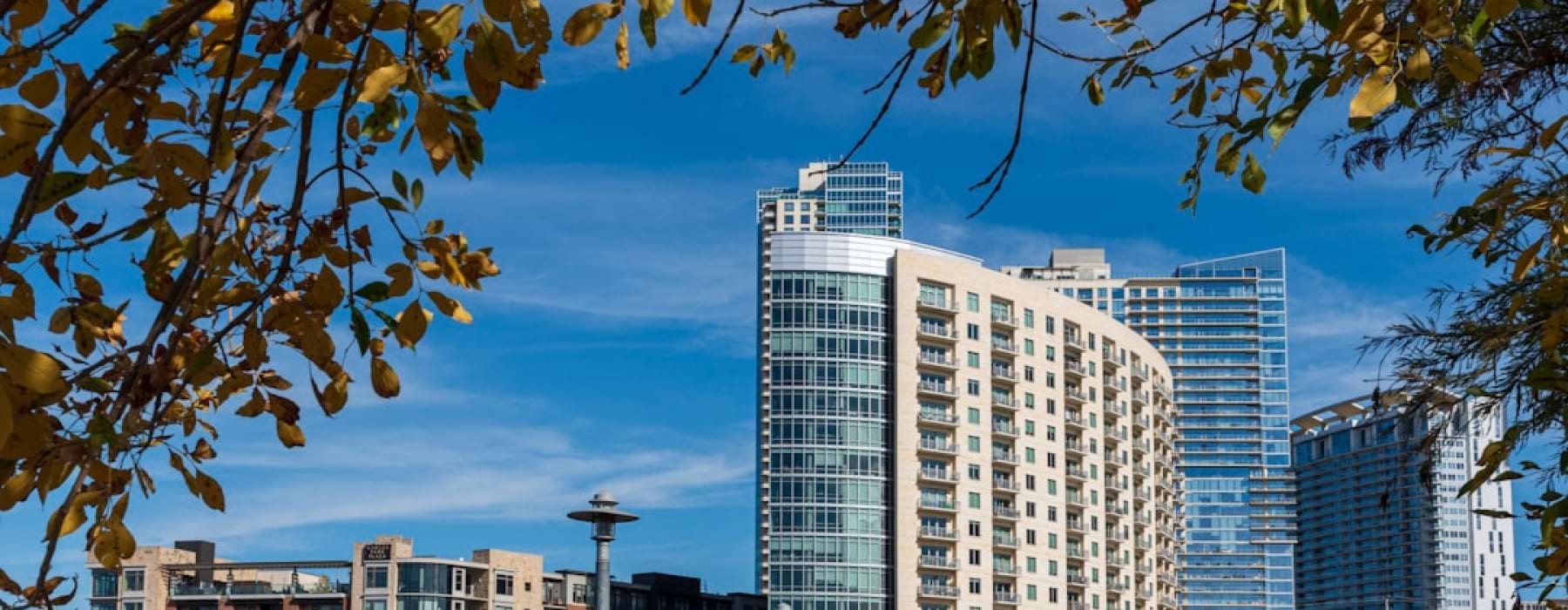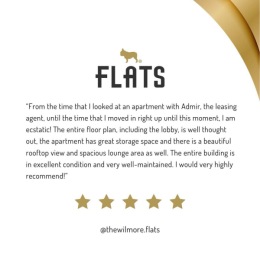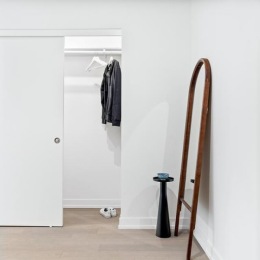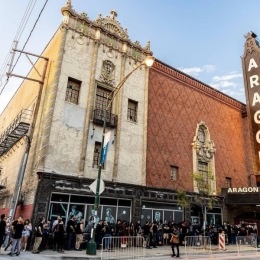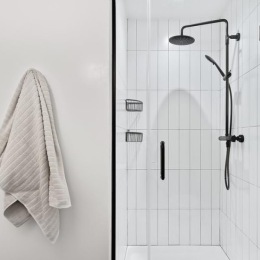Why High-Rise Apartments Are Reshaping Urban Living
High rise apartments are residential buildings that exceed 75 feet in height or approximately 7 stories, as defined by the National Fire Protection Association (NFPA). These vertical communities have become the backbone of modern city living, offering everything from studios to penthouses with premium amenities and stunning views.
Quick Facts About High-Rise Apartments:
- Definition: Buildings over 75 feet tall (typically 7+ stories)
- Construction: Concrete, steel, and glass materials
- Location: Primarily in dense urban areas
- Unit Types: Studios, 1-3 bedrooms, penthouses
- Key Features: Elevators, concierge services, rooftop amenities
- Rental Range: Varies significantly by city and amenities
High-rise living solves a fundamental urban challenge: how to house more people on limited land. According to research, these towering structures can house significantly more residents than traditional walk-up apartments, making them essential for growing cities.
The appeal is clear - imagine waking up to panoramic city views, stepping into an elevator instead of climbing stairs, and having access to resort-style amenities right in your building. High-rise apartments offer a lifestyle that combines convenience, luxury, and urban connectivity in ways that other housing types simply cannot match.
But vertical living isn't just about the views. These buildings represent a shift toward more efficient land use, often featuring advanced security systems, professional management, and amenities like fitness centers, rooftop pools, and concierge services that rival high-end hotels.
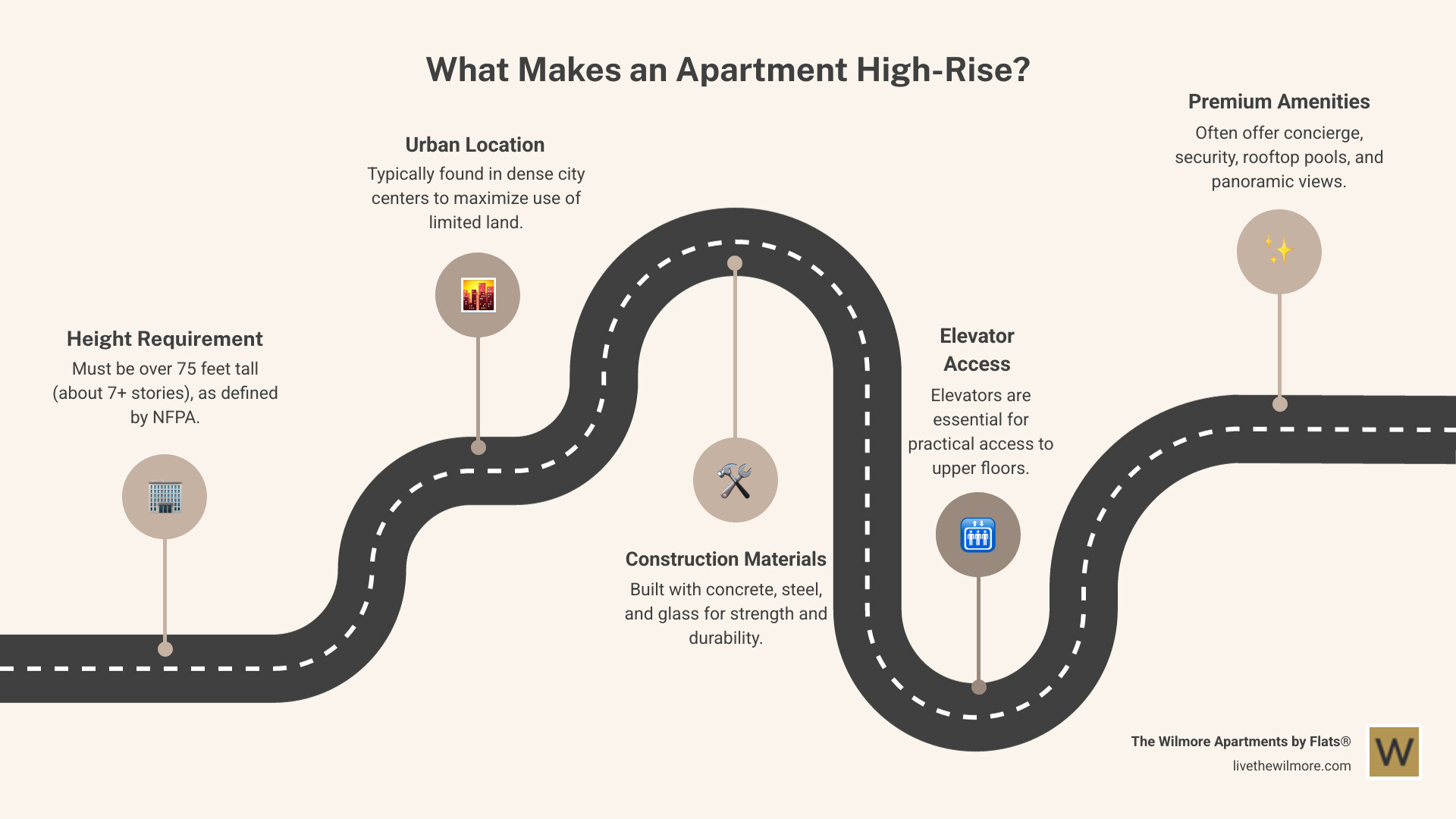
What Are High Rise Apartments?
The NFPA guidelines provide the most widely accepted definition: a high rise apartment is any residential building where the floor of an occupiable story is greater than 75 feet above the lowest level of fire department vehicle access. This typically translates to buildings of 5 to 7 stories or more, depending on ceiling heights.
These towering structures are primarily constructed from concrete, steel, and glass - materials chosen for their strength, durability, and ability to support significant weight across multiple floors. Unlike their shorter counterparts, high-rise buildings require elevators for practical access and become defining features of city skylines.
The occupiable floors distinction is crucial because it excludes mechanical spaces, rooftops, and other non-residential areas from the height calculation. This means that a building's true "livable" height determines its classification, not just its total architectural height.
Key Characteristics of High-Rise Buildings
High-rise buildings must meet stringent fire-safety requirements that set them apart from shorter structures. These include comprehensive sprinkler systems throughout all floors, multiple emergency egress routes, and specialized fire-resistant construction materials.
The fire-safety systems in high-rise buildings are particularly sophisticated, often featuring:
- Automatic sprinkler systems on every floor
- Smoke detection and alarm systems
- Emergency lighting and exit signs
- Pressurized stairwells to prevent smoke infiltration
- Fire-rated doors and walls
- Emergency communication systems
Emergency egress planning becomes more complex in tall buildings, as residents on upper floors cannot simply walk out a front door. Instead, these buildings feature multiple stairwells, often with different fire ratings, and detailed evacuation procedures that residents should familiarize themselves with.
Unit Types from Studio to Penthouse
High rise apartments offer remarkable variety in unit types, accommodating everyone from young professionals to growing families. Studios provide efficient living spaces perfect for urban dwellers who prioritize location over square footage, while two-bedroom units offer more space for roommates or small families.
Penthouses represent the pinnacle of high-rise living, typically occupying the top floors with expansive layouts, premium finishes, and often private terraces or balconies. These units frequently feature floor-to-ceiling windows that maximize natural light and showcase panoramic city views.
The beauty of high-rise living lies in this diversity - you might find a compact studio on the 10th floor and a sprawling three-bedroom penthouse on the 30th floor of the same building. Many units include balconies or terraces, though these are often smaller than what you'd find in low-rise buildings due to wind and safety considerations at height.
How High Is High? High-Rise vs Mid- & Low-Rise
| Building Type | Floor Count | Height | Typical Features | Access Method |
|---|---|---|---|---|
| Low-Rise | 1-4 floors | Under 40 feet | Walk-up, varied layouts, outdoor space | Stairs |
| Mid-Rise | 5-12 floors | 40-120 feet | Mixed access, moderate density | Stairs/Elevators |
| High-Rise | 7+ floors | 75+ feet | Elevator required, high density, amenities | Elevators |
| Skyscraper | 40+ floors | 400+ feet | Luxury amenities, premium views | High-speed elevators |
Understanding these distinctions helps clarify why high-rise living feels so different from other apartment types. The floor thresholds aren't just arbitrary numbers - they reflect different approaches to density, land use, and community design.
High-rise buildings maximize vertical space while minimizing their footprint, allowing cities to house more residents without sprawling outward. This efficient land use makes them particularly valuable in urban cores where every square foot counts.
High Rise Apartments in the Urban Core
High rise apartments dominate urban cores for good reason - they provide maximum housing density with minimal ground-level impact. Downtown proximity means residents can walk to work, restaurants, cultural venues, and public transportation, reducing commute times and car dependency.
Transit access becomes a major advantage of high-rise living. Many buildings are strategically located near subway stations, bus routes, and other public transportation hubs. This connectivity allows residents to steer the city efficiently without the hassle and expense of car ownership.
The urban core location also means access to the city's best amenities - from world-class dining and shopping to museums, theaters, and nightlife. Living in a high-rise apartment puts you at the center of urban energy and opportunity.
Mid-Rise & Low-Rise Alternatives
Mid-rise buildings, typically ranging from 5-12 floors, offer a middle ground between high-rise density and low-rise intimacy. These buildings often feature a mix of elevator and stair access, with elevators serving upper floors while lower floors remain accessible by stairs.
Low-rise buildings, spanning 1-4 floors, provide a more traditional apartment experience with varied layouts and often more outdoor space. These buildings typically have larger footprints, spreading horizontally rather than vertically, and may include features like courtyards or garden areas.
The choice between these options often comes down to lifestyle preferences: high-rise for urban convenience and views, mid-rise for balanced living, and low-rise for a more residential feel with easier street access.
Inside the Tower: Amenities, Design & Security
Modern high-rise buildings have evolved into vertical resorts, offering amenities that rival luxury hotels. Rooftop pools provide a refreshing escape with stunning city views, while concierge desks handle everything from package deliveries to restaurant reservations.
Fitness centers in high-rise buildings often feature state-of-the-art equipment, group exercise studios, and sometimes even yoga rooms or spa facilities. These amenities eliminate the need for external gym memberships and provide convenient access to wellness facilities.

Pet zones have become increasingly common, recognizing that urban dwellers want to share their high-rise lifestyle with their furry companions. These areas might include indoor pet washing stations, outdoor relief areas, and even pet play spaces.
Floor-to-ceiling windows are a signature feature of modern high-rise design, maximizing natural light and showcasing the views that make high-rise living so appealing. These windows often feature energy-efficient glass that helps regulate temperature while providing crystal-clear city vistas.
Smart access control systems have revolutionized high-rise security, allowing residents to use smartphones or key fobs to access buildings, elevators, and even specific floors. This technology improves both security and convenience while providing property managers with detailed access logs.
For more information about premium amenities, visit our amenities page to see what modern high-rise living can offer.
Next-Gen Access & Safety Features
Mobile entry systems allow residents to open up doors using smartphone apps, eliminating the need for physical keys and providing property managers with real-time access monitoring. These systems can be programmed to grant temporary access to guests or service providers.
Video intercom systems enable residents to see and communicate with visitors before granting access, adding an extra layer of security. Many modern systems integrate with smartphones, allowing residents to answer their door remotely.
Package rooms have become essential in high-rise buildings, providing secure storage for deliveries with access logs that track when items are received and retrieved. This eliminates the frustration of missed deliveries and package theft.
Surveillance systems in high-rise buildings typically include cameras in common areas, parking garages, and building entrances, monitored by security personnel or property management. These systems deter crime and provide valuable evidence when incidents occur.
Design Elements That Lift Daily Life
Open-concept layouts maximize the sense of space in high-rise units, creating flowing connections between living, dining, and kitchen areas. These designs work particularly well with the abundant natural light from large windows.
Quartz countertops have become standard in luxury high-rise units, offering durability, low maintenance, and neat appearance. These surfaces resist stains and scratches while providing a sophisticated look that complements modern design aesthetics.
Wellness spaces within high-rise buildings recognize the importance of mental and physical health in urban living. These might include meditation rooms, yoga studios, or quiet lounges where residents can escape the city's hustle and bustle.
Pros, Cons, Sustainability & Maintenance
High-rise living offers compelling advantages, starting with those coveted skyline views that simply aren't available in shorter buildings. Waking up to sunrise over the city or watching the lights twinkle at night creates a daily connection to urban energy that many residents find inspiring.
The sense of community in high-rise buildings can be surprisingly strong, with shared amenities and common spaces fostering connections among neighbors. Older high-rise buildings may have tenants who have lived in the same units for over 20 years, contributing to a stable, established community atmosphere.
Efficient land use makes high-rise buildings environmentally beneficial in urban contexts, housing more people on smaller footprints and reducing urban sprawl. This density also supports public transportation and walkable neighborhoods.
However, high-rise living comes with unique challenges. Elevator upkeep is critical - when elevators fail in tall buildings, residents on upper floors can be significantly inconvenienced. Regular maintenance and service contracts are essential for keeping these systems reliable.
Common maintenance challenges in high-rise buildings include:
- Bi-annual window washing requiring specialized equipment and crews
- Water leak risks from units above causing damage to lower floors
- Complex HVAC systems serving multiple floors
- Elevator maintenance and emergency repairs
- Roof and exterior maintenance at significant heights
- Fire safety system inspections and updates
Preventive maintenance schedules become crucial in high-rise buildings, where problems can affect hundreds of residents. Property managers typically maintain detailed schedules for elevator inspections, fire system checks, and other critical building systems.
Environmental & Wellness Considerations
Energy efficiency in high-rise buildings has improved dramatically with modern construction techniques and materials. High-performance windows, efficient HVAC systems, and smart building technologies help reduce energy consumption per unit compared to older buildings.
Daylighting strategies in high-rise design maximize natural light while minimizing heat gain, reducing the need for artificial lighting and air conditioning. This not only saves energy but also improves residents' well-being and connection to natural rhythms.
Indoor air quality receives special attention in high-rise buildings, with sophisticated ventilation systems that filter and circulate air throughout the building. Some buildings feature green roofs or living walls that help purify air and provide natural beauty.
Recycling programs in high-rise buildings often include convenient collection points on each floor or in common areas, making it easy for residents to participate in sustainable practices. Some buildings have achieved LEED certification, demonstrating their commitment to environmental responsibility.
Finding & Investing in Your High-Rise Home
Location scouting for high-rise apartments requires different considerations than traditional apartment hunting. Proximity to public transportation becomes crucial, as does access to grocery stores, pharmacies, and other daily necessities within walking distance.
An amenity checklist helps evaluate high-rise options systematically. Consider which amenities you'll actually use - a rooftop pool might be appealing, but if you're not a swimmer, a well-equipped fitness center might be more valuable.
Tour preparation for high-rise apartments should include questions about elevator reliability, emergency procedures, and building security. Ask about average wait times for elevators during peak hours and what backup systems exist during maintenance or emergencies.
Fire-safety questions are particularly important in high-rise buildings. Ask about evacuation procedures, the location of emergency exits, and whether the building conducts regular fire drills. Understanding these procedures before moving in can provide peace of mind.

Resident reviews can provide valuable insights into daily life in specific high-rise buildings. Look for comments about management responsiveness, elevator reliability, noise levels, and overall community atmosphere.
For those interested in modern high-rise living in Chicago, explore our downtown Chicago apartments to see what contemporary high-rise living can offer.
Investor Angle: Returns & Long-Term Value
High-rise apartments offer attractive investment opportunities due to their unit density - a single building can house significantly more residents than traditional low-rise properties, multiplying income potential for investors.
Portfolio diversification benefits from including high-rise properties, as they often perform differently than single-family homes or low-rise apartments during market fluctuations. Urban high-rise properties may maintain value better during economic downturns due to continued demand for city living.
Construction timelines for high-rise developments can exceed three years from groundbreaking to completion, not including planning and permitting phases. This extended timeline requires patient capital but can result in substantial returns when projects are completed in strong markets.
Long-term value in high-rise properties often comes from their irreplaceable locations and the difficulty of developing new high-rise buildings in established urban cores. Zoning restrictions and construction costs create barriers to new supply, potentially supporting long-term appreciation.
Frequently Asked Questions about High Rise Apartments
What makes high rise apartments different from skyscrapers?
The distinction lies primarily in height thresholds and intended use. While high rise apartments typically begin at 75 feet or 7+ stories, skyscrapers are generally classified as buildings over 40-50 stories tall. Skyscrapers often mix residential, commercial, and office uses, while high-rise apartments focus primarily on residential living.
Skyscrapers also feature more advanced engineering, high-speed elevators, and specialized systems to handle the unique challenges of extreme height. The construction techniques and materials used in skyscrapers are often more sophisticated than those required for standard high-rise buildings.
Are high rise apartments safe during emergencies?
Modern high-rise buildings are designed with comprehensive safety systems that often exceed those found in shorter buildings. Automatic sprinkler systems, multiple exit routes, and pressurized stairwells help ensure resident safety during emergencies.
Fire drills and evacuation procedures are typically more detailed in high-rise buildings, with specific protocols for different types of emergencies. Many buildings conduct regular drills to ensure residents understand evacuation routes and procedures.
Emergency response teams are trained specifically for high-rise incidents, with specialized equipment and procedures for reaching upper floors. Most high-rise buildings also have emergency communication systems that allow authorities to communicate with residents during incidents.
How do elevators stay reliable in tall buildings?
Elevator reliability in high-rise buildings depends on rigorous maintenance schedules and service contracts with specialized companies. Regular inspections, typically monthly or quarterly, identify potential issues before they cause failures.
Modern elevator systems include backup power supplies that keep at least some elevators operational during power outages. Many buildings have multiple elevator banks, so if one system requires maintenance, others remain available.
Service contracts with elevator companies typically include emergency response guarantees, with technicians available 24/7 to address urgent issues. Preventive maintenance schedules help extend elevator life and reduce unexpected breakdowns.
Conclusion
High rise apartments represent the future of urban living, combining efficient land use with luxury amenities and unparalleled city access. From the 75-foot NFPA definition to the soaring heights of modern skyscrapers, these vertical communities offer a lifestyle that's uniquely urban and undeniably appealing.
The evolution of high-rise living has transformed these buildings from simple housing solutions into comprehensive lifestyle destinations. With rooftop pools, state-of-the-art fitness centers, concierge services, and smart building technologies, modern high-rise apartments provide amenities that rival luxury resorts.
We've explored the technical aspects - from fire safety systems to elevator maintenance - that make high-rise living both safe and convenient. The environmental benefits of efficient land use, combined with modern sustainability features, make these buildings an increasingly responsible choice for urban dwellers.
At The Wilmore Apartments by Flats®, we understand that choosing a high-rise apartment is about more than just finding a place to live - it's about embracing a lifestyle that puts you at the heart of urban opportunity. Our Uptown Chicago location offers the perfect blend of high-rise convenience and neighborhood charm, with premium amenities and modern design that exemplify the best of vertical living.
Whether you're drawn to the panoramic views, the urban convenience, or the sense of community that high-rise living provides, these towering residences offer a unique way to experience city life. The investment in vertical living pays dividends in saved commute time, access to urban amenities, and the simple pleasure of watching the city come alive from your window each morning.
Ready to experience high-rise living for yourself? Schedule a tour with us today and find how The Wilmore Apartments by Flats® can lift your urban lifestyle. From our modern units to our premium amenities, we're here to help you rise above ordinary apartment living and accept the extraordinary possibilities of life in the sky.
